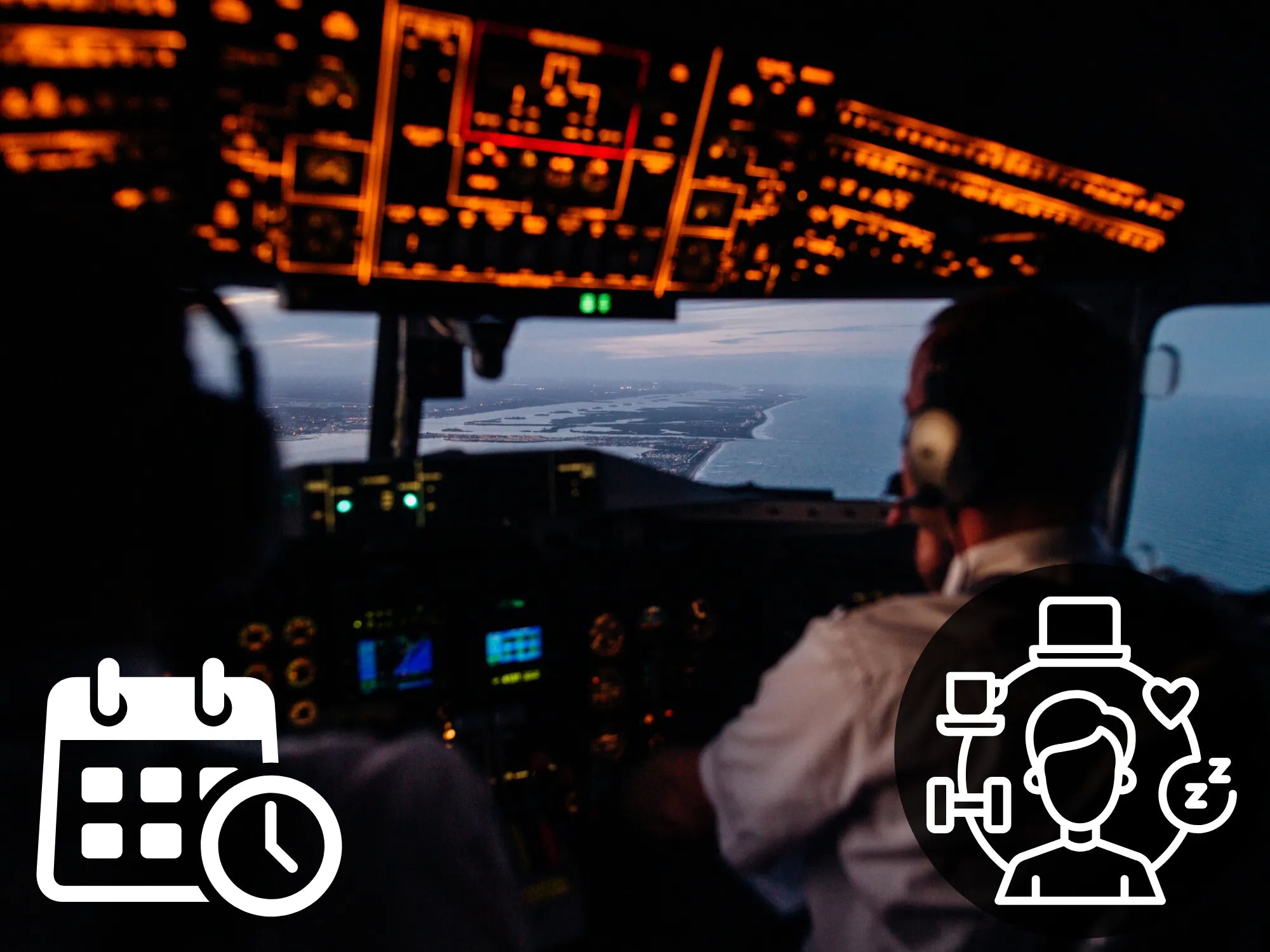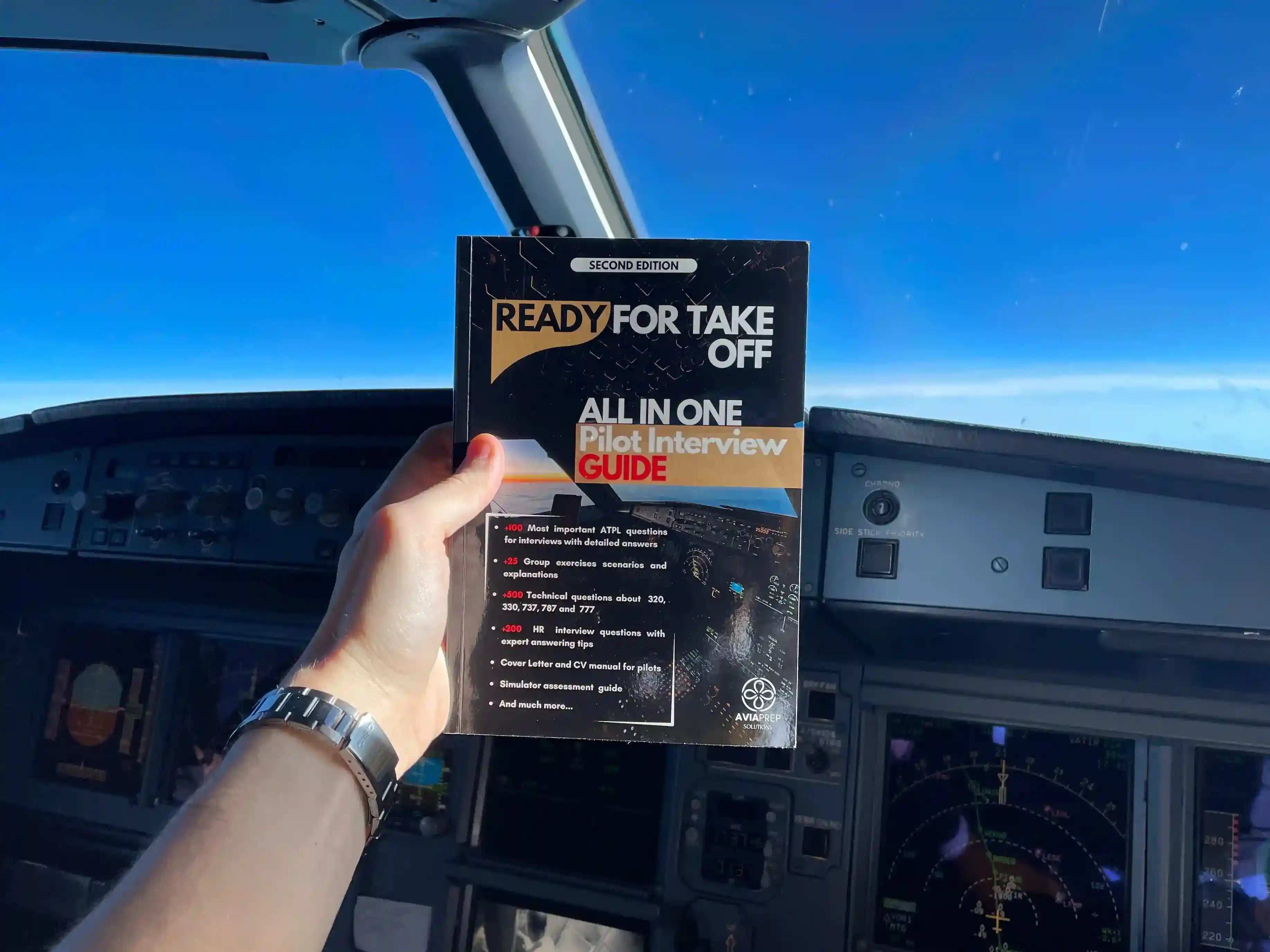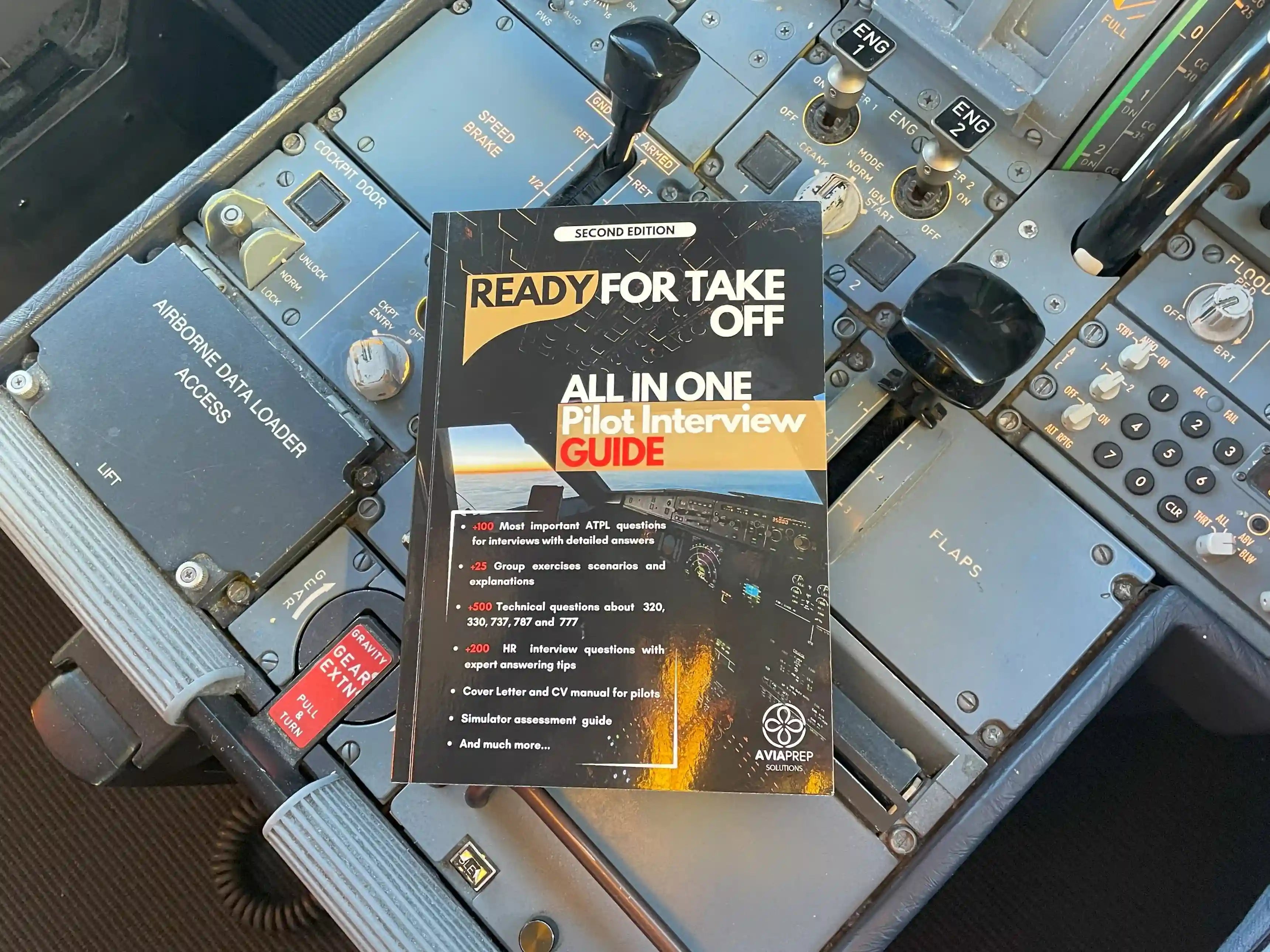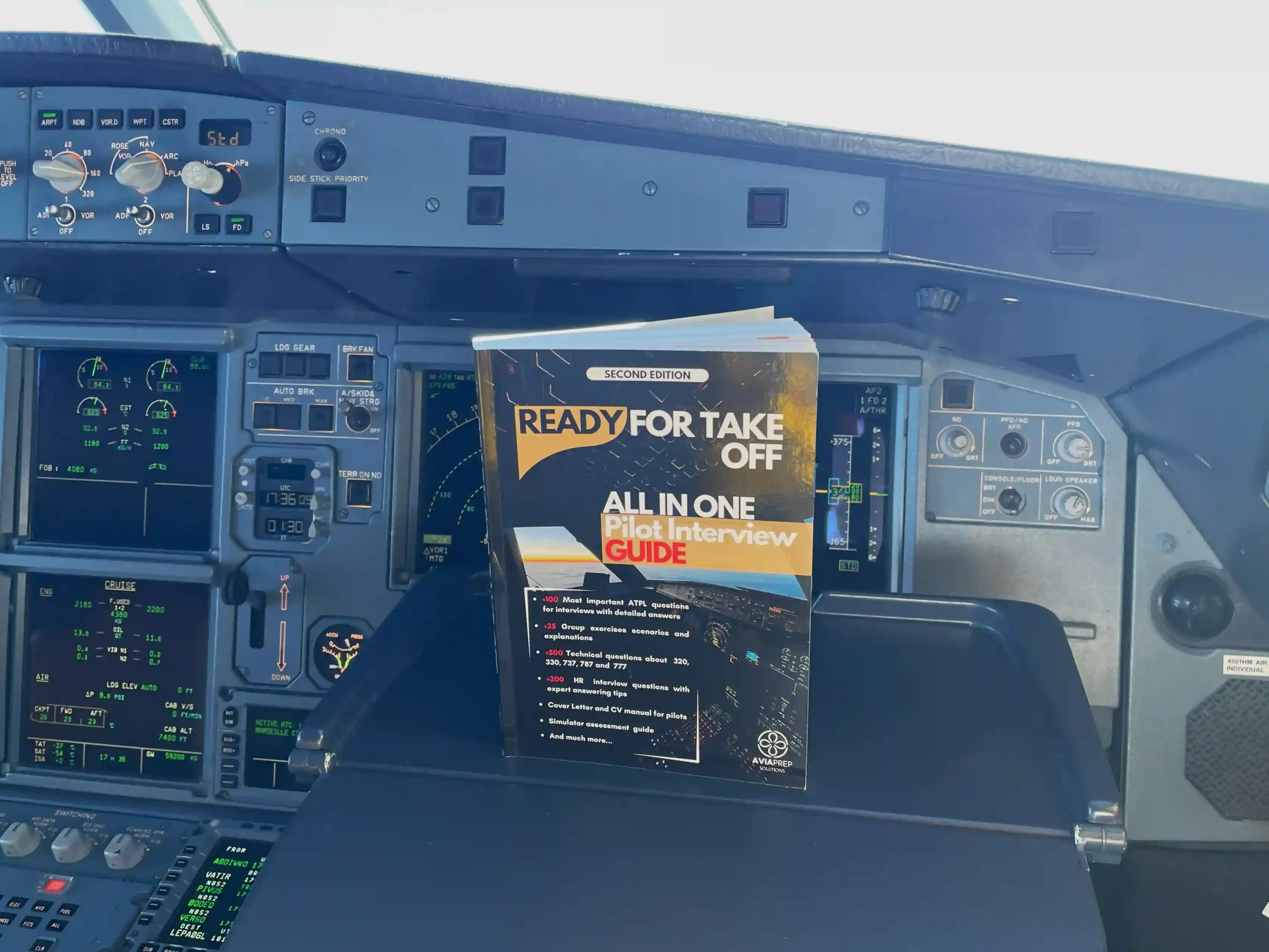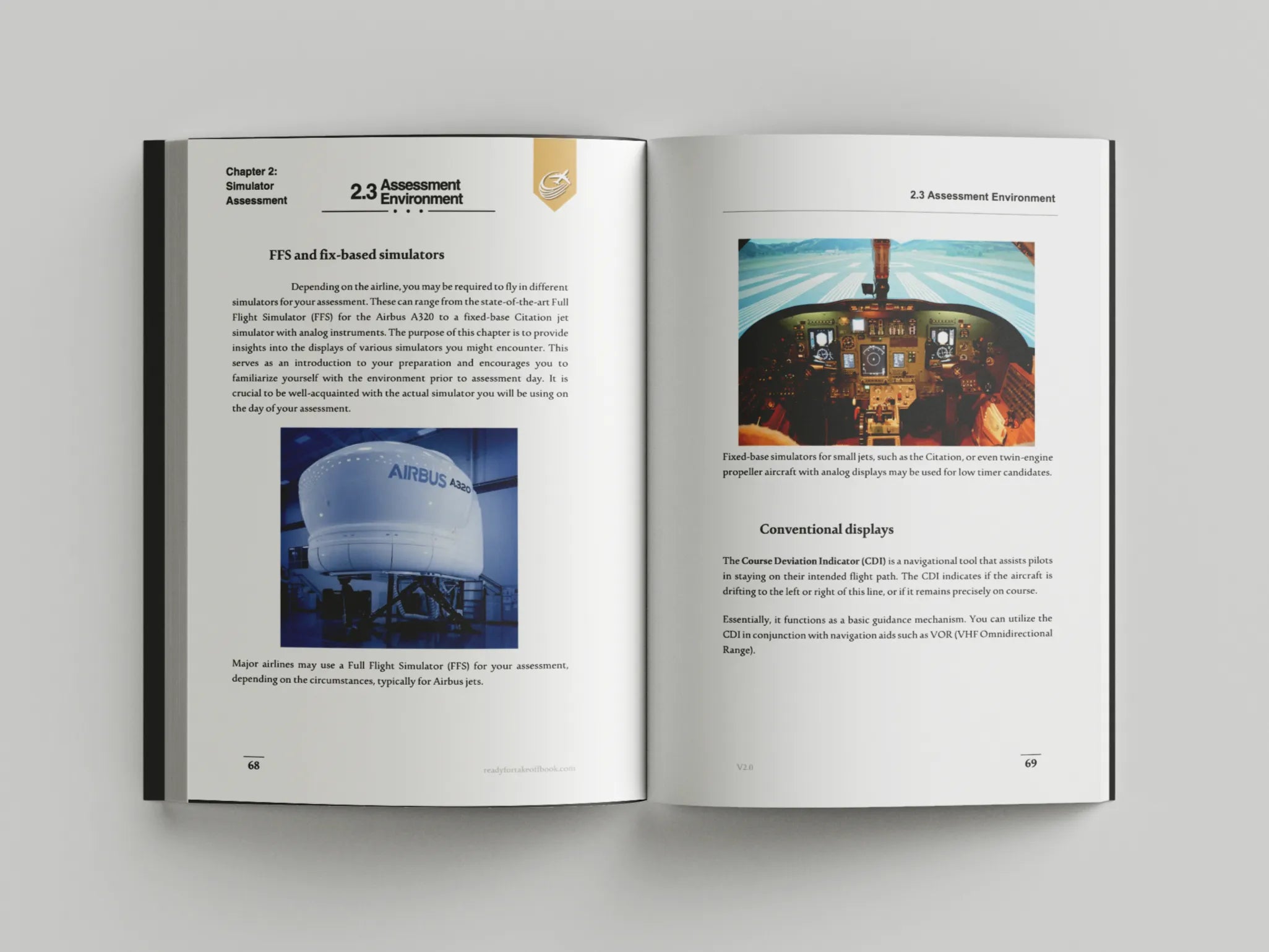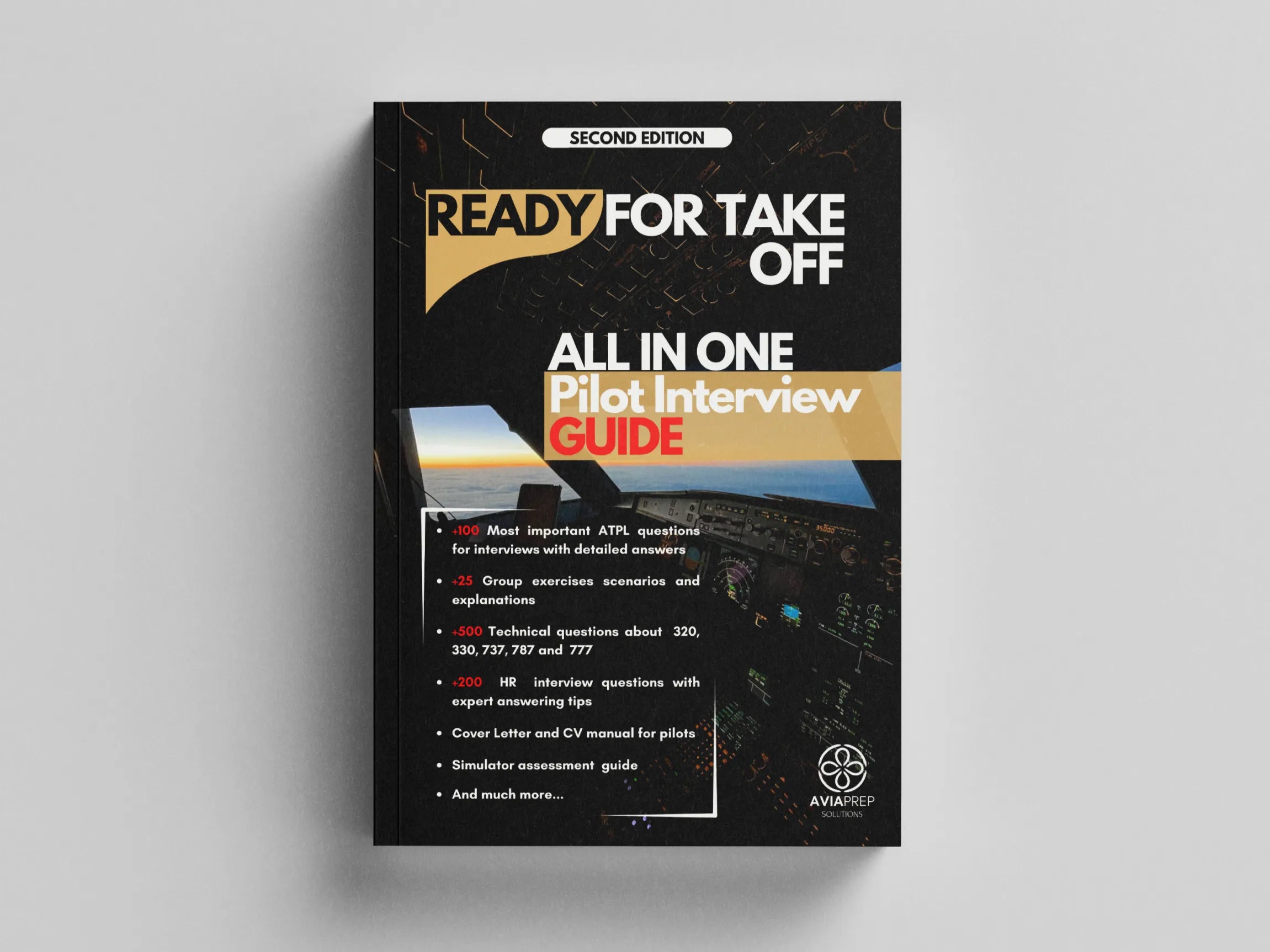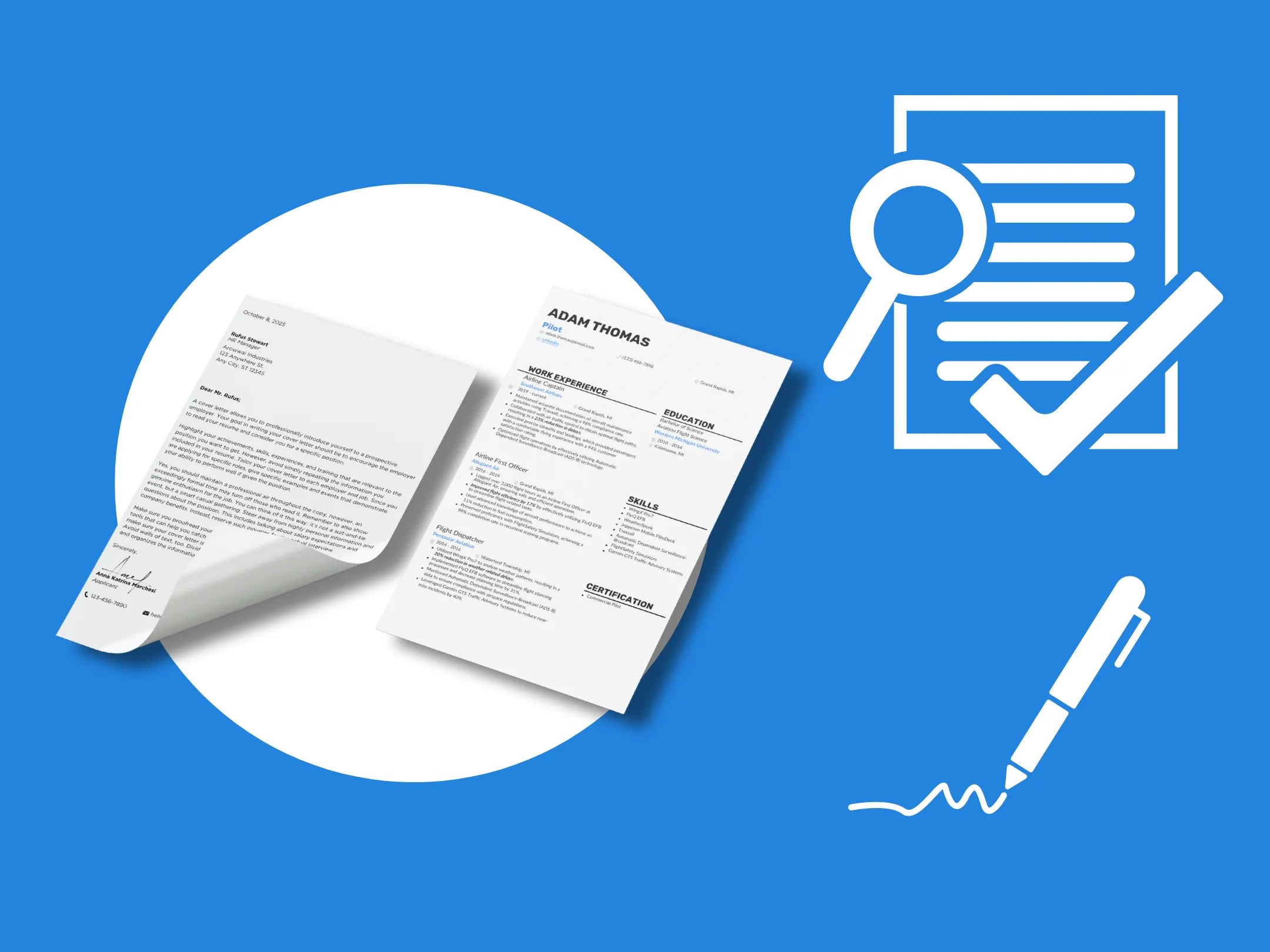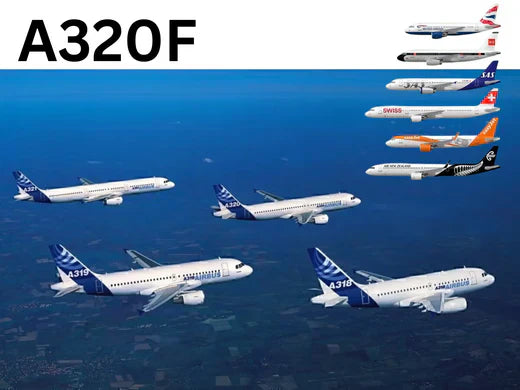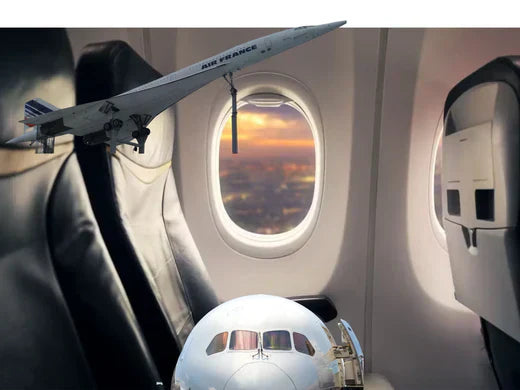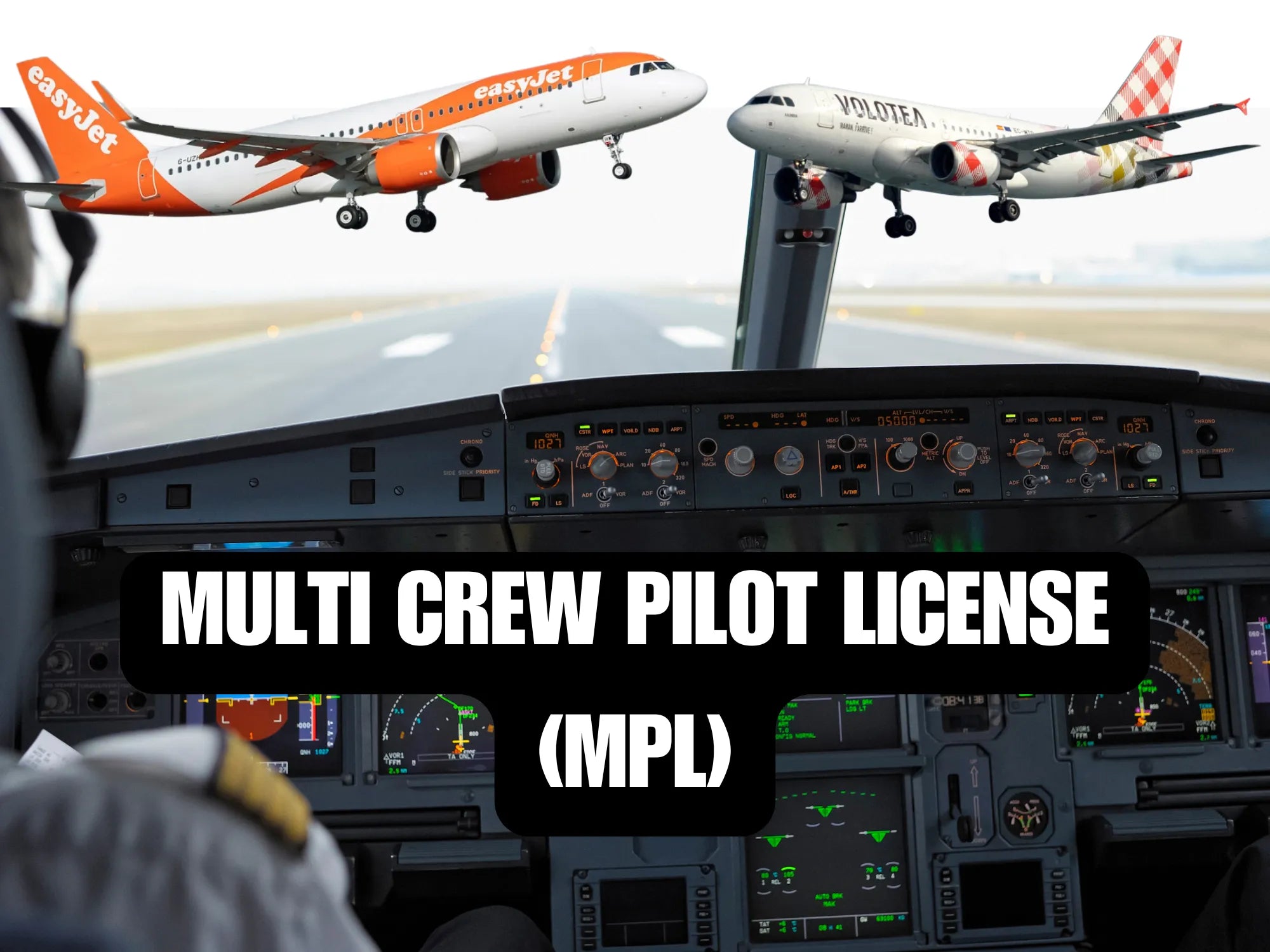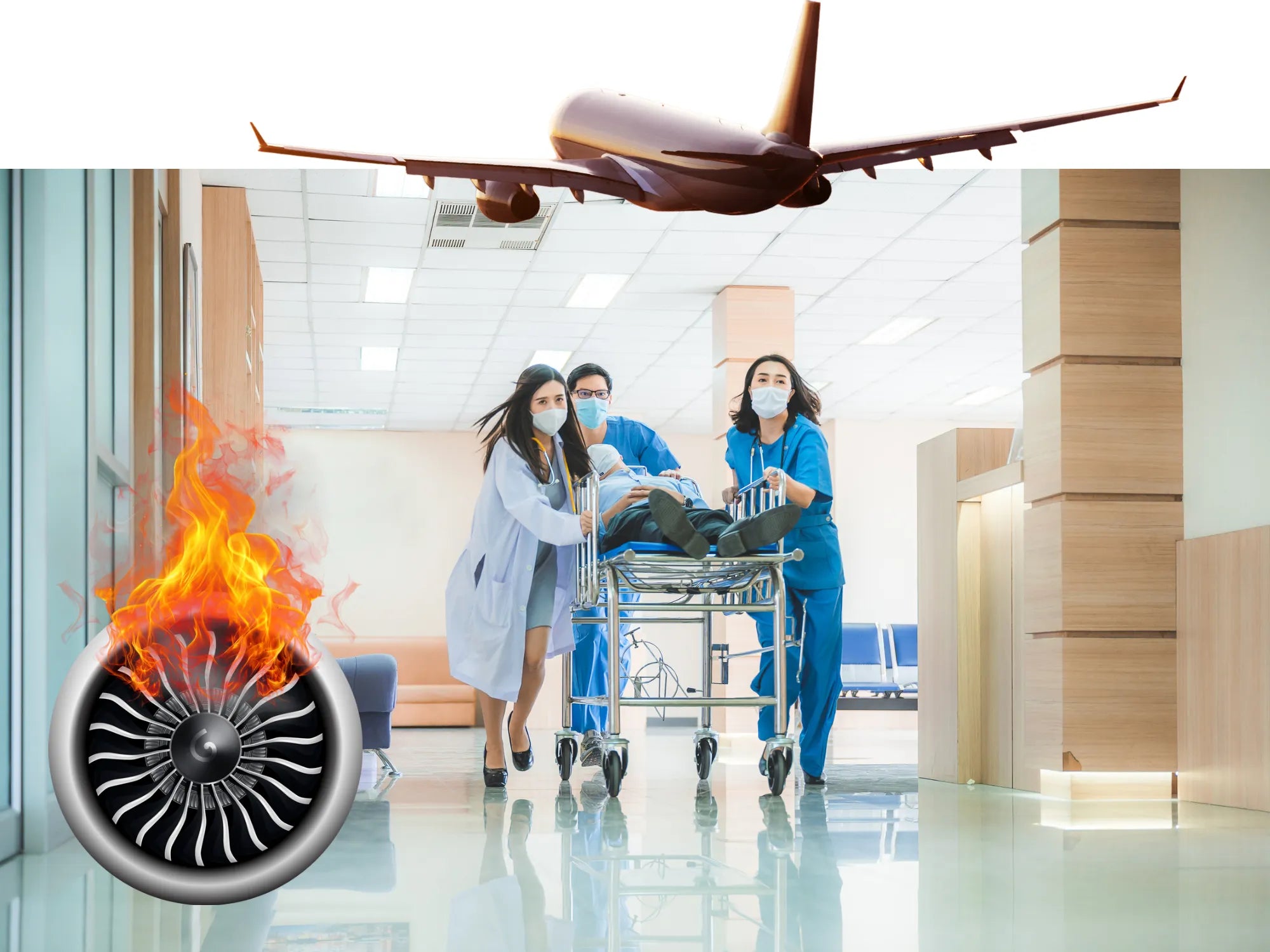Introduction
The life of an airline pilot is often seen as exciting and glamorous, but it’s also filled with rigorous schedules, responsibilities, and personal sacrifices. From flight planning to final post-flight duties, pilots must remain focused, adaptable, and highly professional. This article dives into the details of a typical day in the life of an airline pilot, covering work schedules, flight responsibilities, and balancing personal and family life.
The Role of an Airline Pilot
Airline pilots are responsible for safely transporting passengers or cargo across cities, countries, and even continents. They have essential duties that include:
- Pre-flight planning: Reviewing flight plans, weather conditions, departure and destination weather and accessibility and alternate routes for safety.
- Safety checks: Conducting thorough inspections of the aircraft to ensure it’s safe to fly.
- Flight operations: Managing the aircraft systems and prioritizing passenger, crew and hull safety throughout the journey.
- Post-flight responsibilities: Completing paperwork, logging hours, and performing final inspections.
Their day revolves around these responsibilities, though each one is unique based on schedules, routes, and the various challenges they encounter. For more on a pilot's day-to-day operations, check the Pilot’s Handbook of Aeronautical Knowledge by the Federal Aviation Administration.
A Pilot's Work Schedule: Balancing Flexibility and Rigidity
Types of Work Schedules
Unlike a 9-to-5 job, a pilot’s schedule can include early mornings, late nights, and long hours. Generally, there are two types of schedules:
- Short-haul flights: Typically domestic or regional, pilots often fly multiple trips in a day and return home at night. They can also fly several days in a row, with a short layover in-between flights.
- Long-haul flights: Covering international routes, these flights often require pilots to stay overnight (or longer) in other countries.
Pilots work a set number of monthly hours, known as flight hours, which start from when the aircraft starts moving from its parking position to go to fly until it arrived at its final parking position at destination. Detailed information on working hours and rest periods can be found through the Airline Pilot’s Association, which represents the rights and well-being of airline pilots.
Managing Time Zones and Jet Lag
One challenge pilots face is the constant shift in time zones, leading to jet lag and fatigue. To maintain alertness, pilots adhere to rest periods, a critical aspect of airline safety. Regulations mandate that pilots receive sufficient rest between flights to prevent fatigue.
Responsibilities Before, During, and After the Flight
A pilot’s responsibilities begin well before they step into the cockpit and extend even after landing. Here’s a breakdown of these duties:
Pre-Flight Preparations
- Flight briefing: Pilots review the flight plan, weather, and potential obstacles with the operations team.
- Aircraft inspection: They conduct a walk-around inspection to verify that all systems are operational.
- Coordination with crew: Pilots collaborate with the flight attendants and ground crew to prepare for a safe, smooth boarding process.
In-Flight Responsibilities
Once airborne, pilots are primarily tasked with navigating and monitoring the aircraft. Key responsibilities include:
- Maintaining communication: Pilots are in constant contact with air traffic control, receiving updates and reporting any issues.
- Monitoring systems: They keep an eye on fuel, engine performance, and weather conditions.
- Handling unforeseen situations: Pilots make decisions to keep passengers safe, even in turbulent or unexpected conditions.
For more on aviation safety guidelines, the International Air Transport Association (IATA) offers in-depth information on global standards and practices.
Post-Flight Duties
After landing, pilots have several tasks to complete:
- Filling out paperwork, logging hours, and noting maintenance needs.
- Conducting a final cockpit check to ensure no issues are overlooked.
- Debriefing with crew members to discuss any challenges or concerns.
Balancing Work with Family and Personal Life
Life as a pilot involves challenges when balancing work with family time. Long hours, overnight stays, and unpredictable schedules can impact family routines, especially for pilots with children.
Family Time and Quality Moments
Pilots prioritize quality family time whenever they’re home. Many plan special activities with family members or attend important events when their schedules allow. Finding this balance can be difficult, but it’s essential for maintaining strong family relationships.
Staying Connected While on the Road
Technology has made it easier for pilots to stay connected with loved ones. Video calls and messaging apps allow them to keep in touch, even from distant locations. Some pilots create routines, like bedtime calls for young children, to help reduce the gap when they’re away.
Managing Personal Health and Well-Being
Health is vital for pilots, as physical and mental alertness is required on the job. To stay fit, many pilots incorporate regular exercise, maintain balanced diets, and adhere to a disciplined rest schedule. For more on pilot health and fitness, the National Institute for Occupational Safety and Health (NIOSH) provides resources on occupational health in aviation.
The Challenges and Rewards of a Pilot’s Life
Challenges Faced by Pilots
The life of an airline pilot can be stressful and demanding due to several factors:
- Irregular schedules and jet lag: Constant changes in time zones can disrupt sleep cycles.
- Time away from family: Extended travel time can strain family relationships.
- High responsibility: Pilots must be ready to make quick, sound decisions in various scenarios.
The Rewards of Being a Pilot
Despite these challenges, many pilots find their careers deeply fulfilling:
- Passion for flying: Most pilots are drawn to the skies and enjoy the experience of flight.
- World exploration: They get to explore new destinations, cultures, and landscapes as part of their job.
- Professional pride: Pilots take pride in their role and the responsibility that comes with it.
FAQs
1. How many hours do pilots typically work in a week?
Pilots generally work around 50 –100 flight hours per month. This doesn't include time spent on the ground for pre-flight and post-flight responsibilities.
2. Do pilots get to choose their routes?
It greatly depends on the company, generally, seniority influences route selection. Newer pilots have less control over their schedules and destinations. But in some airlines, especially Low-Cost Carriers, pilots have no say in their route and destinations schedule, they can however often request for specific days off.
3. How do pilots manage jet lag?
Pilots manage jet lag by adhering to rest schedules, staying hydrated, and adjusting their sleep patterns before flights when possible.
4. What are the educational requirements to become a pilot?
Most pilots have a bachelor’s degree and complete extensive flight training to obtain a commercial pilot’s license. Additional certifications may be required depending on the airline.
5. Are pilots paid hourly or with a salary?
Airline pilots are typically paid hourly, based on flight hours, they also usually have a basic salary or a minimum guaranteed salary, it is helpful during the months they fly none or very few hours. They also receive benefits such as health insurance and retirement plans.
6. How do pilots stay fit with their irregular schedules?
Many pilots incorporate fitness routines in hotels, at airports, or at home to stay active, even when traveling frequently.
Conclusion
The life of an airline pilot is both challenging and rewarding, filled with important responsibilities. Their commitment to safety, professionalism, and adaptability makes them a crucial part of the aviation industry. Although demanding, most pilots find satisfaction in transporting passengers safely to their destinations, at the same time being able to travel through the country/continent/world.



